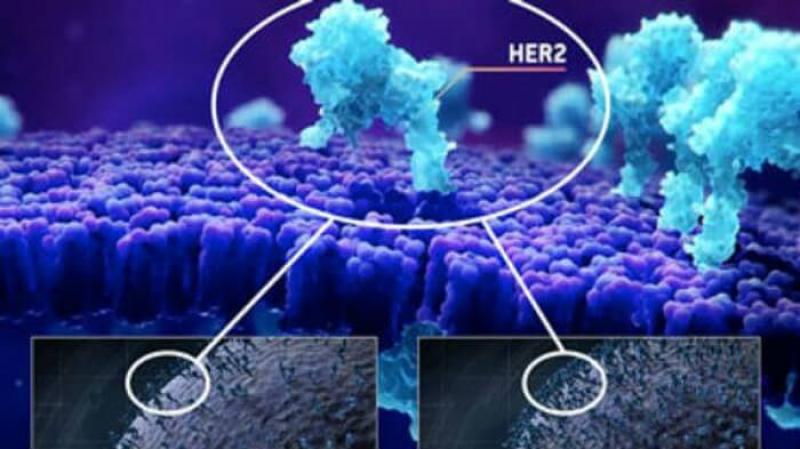Introduction:
Breast cancer is a complex and heterogeneous disease with several subtypes, each with distinct characteristics and treatment approaches. One such subtype is HER2-negative breast cancer, which accounts for a significant proportion of breast cancer cases. Understanding this subtype is crucial for effective diagnosis and personalized treatment strategies. In this blog, we will delve into HER2-negative breast cancer, exploring its features, diagnostic methods, available treatments, and ongoing research to improve patient outcomes.
Understanding HER2-Negative Breast Cancer:
HER2 (human epidermal growth factor receptor 2) is a protein that plays a critical role in cell growth and proliferation. In breast cancer, some tumors overexpress HER2, leading to aggressive growth and a higher risk of recurrence. However, HER2-negative breast cancer lacks this overexpression, and its growth is not driven primarily by the HER2 protein.
Features and Diagnosis:
HER2-negative breast cancer is diagnosed through various tests, including immunohistochemistry (IHC) and fluorescence in situ hybridization (FISH). These tests help determine the presence or absence of HER2 protein overexpression and the amplification of the HER2 gene. The results aid in classifying breast cancer subtypes accurately, guiding treatment decisions.
Treatment Strategies:
The treatment approach for HER2-negative breast cancer depends on several factors, such as the tumor size, grade, hormone receptor status, and lymph node involvement. Common treatment options may include:
-
Surgery: Surgical intervention is often the initial step in treating HER2-negative breast cancer. Depending on the tumor size and stage, a lumpectomy (removal of the tumor and some surrounding tissue) or a mastectomy (complete breast removal) may be recommended.
-
Radiation Therapy: Following surgery, radiation therapy may be prescribed to eliminate any remaining cancer cells and reduce the risk of local recurrence.
-
Chemotherapy: Systemic chemotherapy is frequently administered to destroy cancer cells that may have spread beyond the breast. The specific drugs and regimen depend on the individual case.
-
Hormone Therapy: For hormone receptor-positive HER2-negative breast cancer, hormone therapy is an essential component of treatment. It helps block hormone-driven tumor growth by either reducing estrogen levels or blocking hormone receptors.
-
Targeted Therapies: While HER2-negative breast cancer does not respond to HER2-targeted therapies like Herceptin (trastuzumab), other targeted therapies may be considered based on specific molecular characteristics of the tumor.
Challenges and Ongoing Research:
Despite significant advancements in breast cancer treatment, HER2-negative breast cancer presents unique challenges. The absence of HER2 overexpression limits the efficacy of HER2-targeted therapies, leaving patients and healthcare providers with fewer targeted treatment options. Therefore, ongoing research aims to identify new biomarkers and therapeutic targets to improve treatment outcomes.
Immunotherapy, a groundbreaking approach in cancer treatment, is being explored in HER2-negative breast cancer. Clinical trials are investigating the use of immune checkpoint inhibitors to enhance the body's immune response against cancer cells.
Additionally, advancements in precision medicine and genetic testing are paving the way for more personalized treatment strategies. Identifying specific genetic mutations or alterations within the tumor can lead to targeted therapies that may be more effective in individual patients.
Conclusion:
HER2-negative breast cancer constitutes a significant portion of breast cancer cases and presents unique challenges in treatment. However, through advancements in diagnostics, surgery, radiation, chemotherapy, hormone therapy, and ongoing research, healthcare professionals are continually striving to improve patient outcomes and quality of life. Each new discovery and breakthrough brings us closer to a future where all breast cancer patients, regardless of subtype, have access to highly effective and personalized treatment options, fostering hope for a world without breast cancer.
